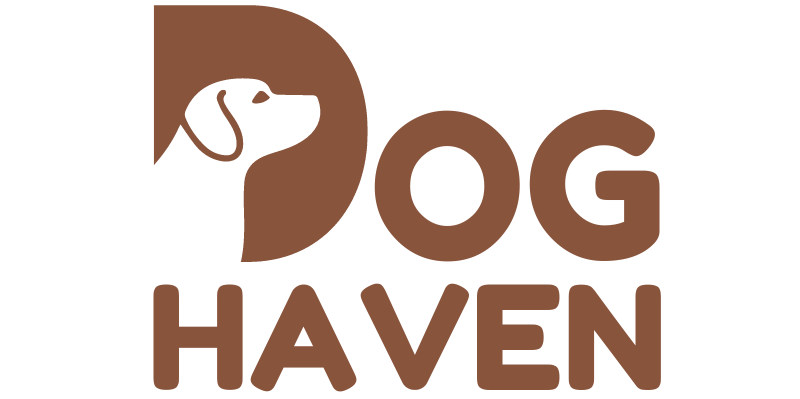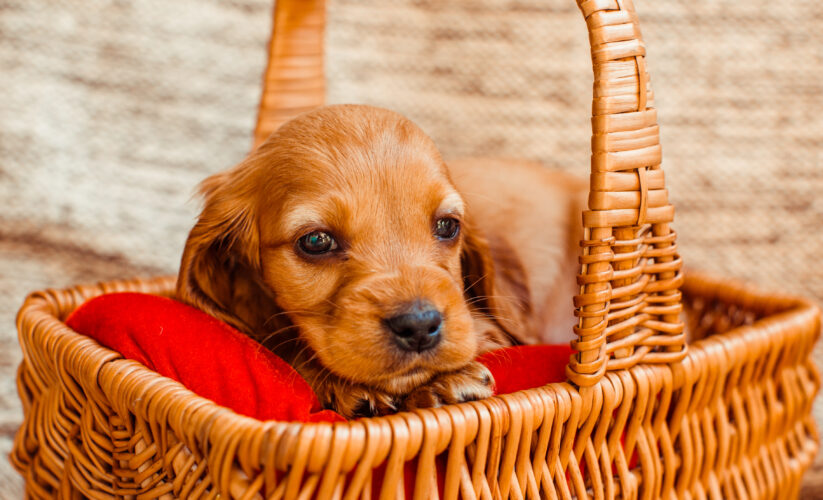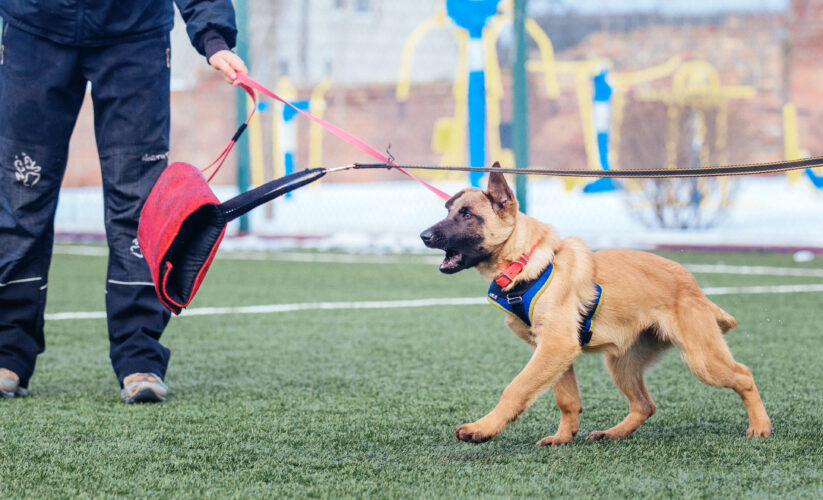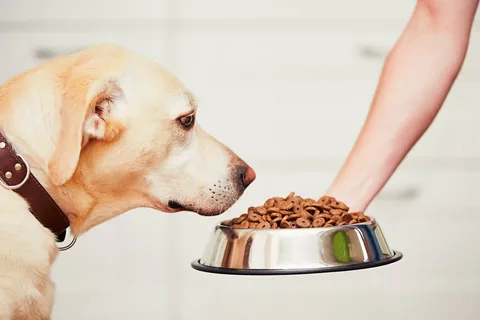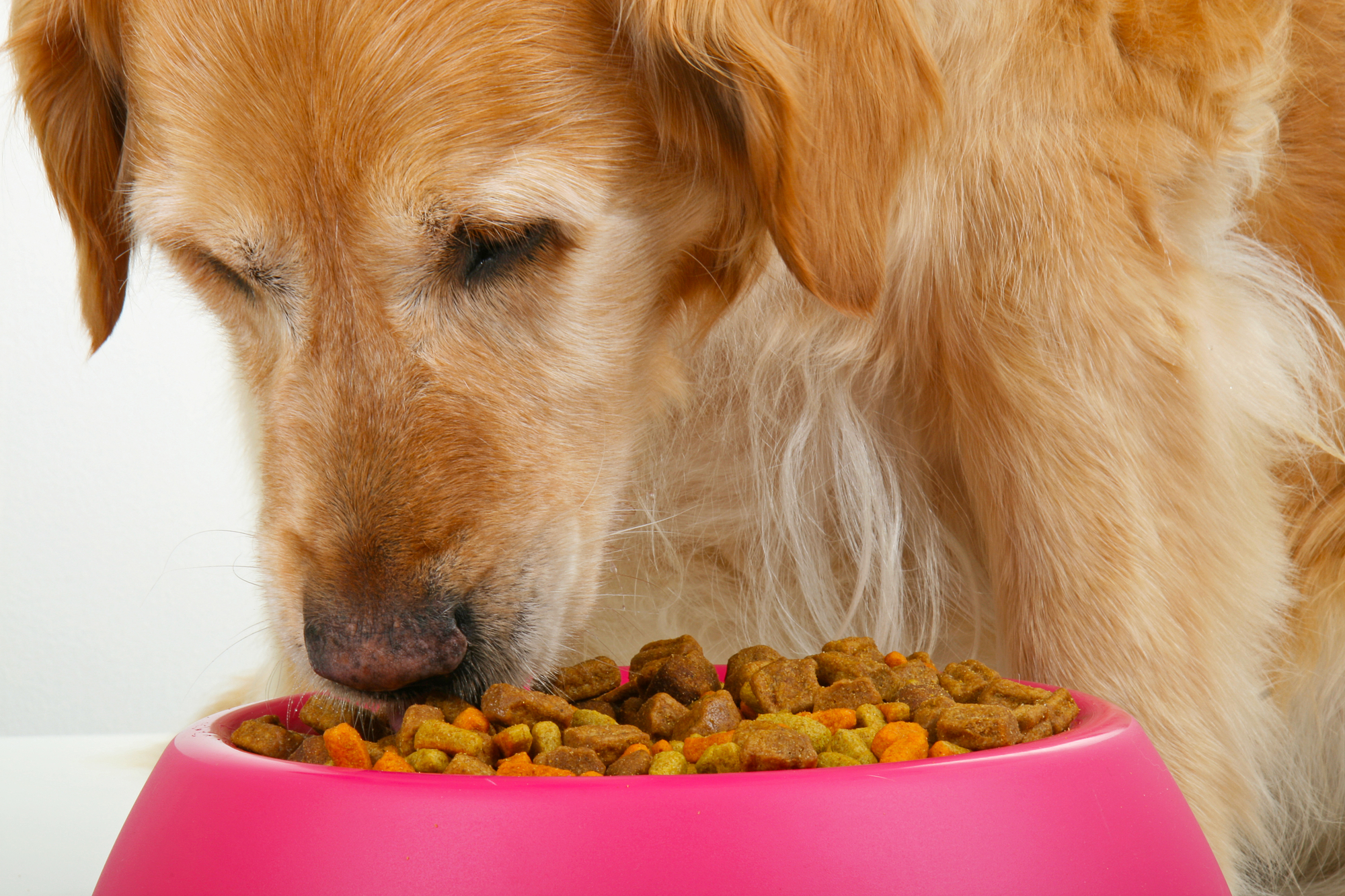
How to Socialize Your Dog for a Happy Life
Ever wondered how to make your furry friend happier? It’s not just about walks or treats. Canine socialization is key to a happy life. By exploring dog socialization tips, we find a strategy that changes a dog’s life. It moves from being wary to full of confidence and friendship.
From three to sixteen weeks, puppies learn best. This short time is crucial for making good memories. But, it’s not just for puppies. Dogs need ongoing care to be friendly with others. What if your dog is older or never socialized early? Don’t worry, there’s still hope.
You can teach an older dog new social skills. It takes patience, understanding, and a good plan. This canine socialization guide helps overcome fears and anxiety. It’s a big commitment to your dog’s happiness.
Introducing new people and dogs, or stopping food guarding, is part of how to socialize a dog. Imagine your dog being calm and friendly with everything. This is possible with the right social training. It’s a great way to make your dog happy and well-adjusted.
Want to know about plant-based diets for dogs? Check out this detailed guide from Doghaven.
Every tip, fact, and method points to one thing: socializing your dog needs love and effort. With the right approach, any dog can have a life full of friends. We aim to help dogs live their best, most social lives.
Understanding Dog Socialization and Its Impact on Behavior
The importance of dog socialization is huge for a dog to be well-adjusted and friendly. It means exposing puppies to various people, places, and animals early on. This starts between 3 and 16 weeks old and is key for learning important skills.

Studies show that well-socialized puppies are less fearful and less likely to be aggressive or anxious. Dogs that aren’t socialized well may act stressed, like showing stiff limbs or tucked tails. So, starting socialization early helps avoid these problems, showing how vital it is.
Happy dog socialization also helps dogs have better interactions in different places. It’s harder with older dogs, but it’s still possible with patience and the right steps. Keeping up with socialization is key to making a dog’s life better, keeping them engaged and less stressed.
Good socialization means knowing how to read a dog’s body language to avoid fights. Signs of anxiety like yawning or lip licking mean it’s time to change how you socialize. Adding activities like walking can also help with socializing and keeping their minds sharp.
In the end, early socialization shapes a dog into a friendly and confident adult. It also sets the stage for a strong bond with their human. Using good socialization methods is key to a dog’s happiness and behavior, showing its importance and benefits.
Identifying the Need for Socialization in Your Dog
Knowing when your dog needs socializing is key for their growth and happiness. It’s important for both puppies and adult dogs. The first four to five months are crucial for young puppies, perfect for new experiences and friends. If your dog seems nervous, shy, or aggressive, they might not have enough social skills for dogs.
Puppy kindergartens are great for young dogs to learn and make friends. These programs give them regular, positive interactions. This helps build their confidence and social skills. For adult dogs, it takes more patience and effort due to their set personality. Classes for adult dogs help them learn to be safe and friendly with other dogs.
Using positive rewards like praise or treats helps teach dogs good social habits. Meeting one new person or animal each week can really help your dog feel more confident. To learn more about keeping your dog healthy, check out this guide on preventing common dog diseases.
Regular social activities, like small group dog walks with experts like District Dogs, help reduce anxiety. District Dogs has special play areas for comfort and safety, making every meeting good for your dog.
Regular socializing helps reduce aggression and fearfulness, making new situations less scary. This is good for your dog’s emotional and physical health. It’s key for their overall development to have planned social activities and regular meet-ups.
Planning a Socialization Strategy for Your Canine Companion
Creating a plan to socialize your dog is key to their comfort and adaptation. Start between 3 to 16 weeks old, when they’re most open. This early time is perfect for introducing them to different people, places, and animals.

Think about adding puppy socialization classes to your plan. These classes provide safe and positive ways for puppies to meet others. They help puppies become confident and learn social skills with expert help. Using positive reinforcement is also crucial. Give your dog treats and praise when they act friendly to encourage good behavior.
For older dogs, socializing might need to be done more carefully, especially if they haven’t been socialized before. Start slow and watch how they react to new things. This helps you adjust the socializing pace to keep them calm and secure.
Regular visits to doggy daycare or playdates with other dogs and people can also help. These activities improve their social skills and make them more comfortable with new situations. It’s about teaching them to be friendly and happy around others.
Being consistent and patient is key to socializing your dog well. It may take time, but steady, gentle exposure helps them grow socially. This leads to a happier life for both of you.
Dog Socialization Tips for Everyday Interactions
It’s key to include daily dog socialization practices in your routine. This helps dogs learn social skills for dogs. For adult dogs, it’s important to make socializing a part of their everyday life. This can help them overcome fears or aggression, making life better for both the dog and its owner.
The best time to start socializing a dog is between seven weeks to four months old. But, if a dog was adopted later or had a tough start, they might miss this window. This can lead to fear or aggression, affecting their life and yours.
To help an adult dog feel more social, start with small steps. Dr. Marty Pets suggests introducing them to new places slowly and rewarding them for staying calm. Meeting different people and animals is also key. This can make them happier and more comfortable in everyday situations.
For socializing adult dogs, try doggy daycares like those at Heart + Paw, or just take them on peaceful walks in busy places. Most people are happy to meet friendly dogs and give them treats, so every walk can be a chance to socialize.

Long walks of up to two hours are great for a dog’s health and social skills. They get to see new things and meet new people, which helps them feel more confident. If a dog seems stressed or aggressive, start small. Try quiet parks or teach them a “sit” command in stressful situations to help them manage their feelings.
By using routine and positive reinforcement, you can help unsocialized dogs become more comfortable around others. This makes their life and yours more peaceful and enjoyable. It also helps them handle different situations better, making life more secure for everyone.
Socialize Your Dog: Step-by-Step Guide to Happy Dog Socialization
Socializing your dog is a journey that shapes their behavior and helps them adjust to new places. Step-by-step dog socialization is key, especially from 3 to 14 weeks old. This period is when puppies are most open to new things. It sets the stage for their future behavior and reduces fear-based reactions like barking or biting.
Dogs that are socialized well are confident and comfortable in many situations. This makes their life and yours better. Socialization means introducing your dog to new people, dogs, sounds, and places slowly. Using treats and praise helps them see new things as good, building their curiosity and bravery.
If your adult dog missed out on socializing, be patient and keep trying. They might need more time to get used to new things. It’s important to keep socializing them slowly but surely, making sure every experience is positive. Adding dog playtime tips to these sessions helps their social and physical health.
Socializing dogs deeply affects how they act around other animals and people. Success in socializing isn’t just about being around others. It’s about making sure each meeting is a positive experience. By understanding how dogs show their feelings through their body language, you can help guide their social interactions.
The aim of step-by-step dog socialization is to make a well-behaved and happy dog. It’s about helping them deal with the challenges of the human world. From playing in dog parks to meeting new people, each situation adds to their social story. Keep up a mix of exposure and play, and your dog will become confident and joyful.
Overcoming Obstacles in Canine Socialization
Teaching dogs to be social takes time and understanding their behavior. Puppies learn best between eight to twelve weeks old. During this time, they soak up new experiences and learn important social skills from others.
But don’t stop there. Socializing your dog should go beyond puppy school to make these skills stronger. This helps them grow into well-adjusted dogs.
Sometimes, dogs face social challenges. Shyness or aggression can start between 8 months to 2 years old if they don’t meet new people and places. For older dogs or those with bad past experiences, slow and careful socializing can help.
This is where experts or a good socialization guide can help. They offer specific advice, from one-on-one training to fun play. This helps dogs feel good about new things.
Using stats in dog training is smart. The American Veterinary Society of Animal Behavior says bad behavior is a big reason dogs die young. Early socialization is key.
Programs like the AKC S.T.A.R. Puppy and Canine Good Citizen offer structured social time. They help dogs learn to obey and adapt. Keeping up with social activities and reinforcing basic skills builds confidence in dogs. This leads to a happy life for dogs and people.
